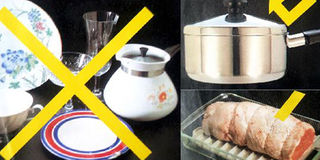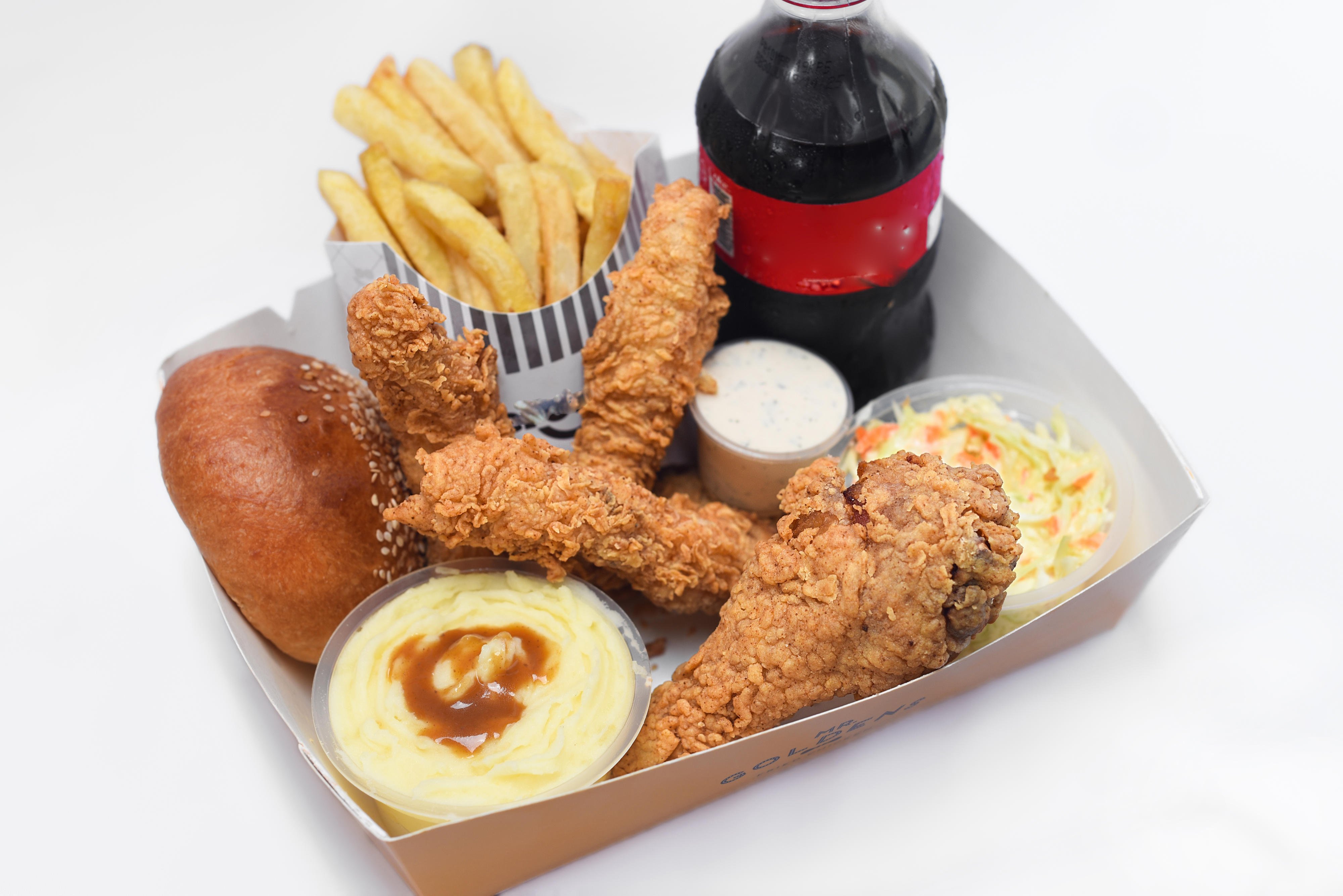Is microwave cooking the way to go?

Do not use delicate glassware because the heat from the food may cause the glassware to crack. PHOTOS | A KADUMUKASA KIRONDE II.
What you need to know:
- Bad alternative? Much as the microwave has obvious advantages of defrosting and reheating frozen foods, It has proved to be of limited value, writes A Kadumukasa Kironde II.
There is no doubt that the microwave oven has to be one of the most modern day revolutionary cooking apparatus to have ever been invented and no modern housewife would feel comfortable without having one in her kitchen. Since time immemorial, our experience with microwave has followed a familiar contemporary pattern: inadequate response to great expectations.
For who among us, on a hot sunny weekend in Kampala, Jinja or Masaka, has not harboured the recurring and roseate dream of prolonging to the last minute the joys of gardening –or of playing football or beachcombing with the children— before traipsing to the kitchen and putting a meal together in a trice?
The microwave obvious advantage – defrosting and reheating frozen foods – has proved of limited value, and besides it takes care of only an inconsequential fraction of our cooking schedule. Inescapably, no matter what type or brand of microwave equipment you own, invariably you have to be on hand during much of the reheating period. For example, to rotate the dish, to alternate cooking and withdrawal so that the outside of the food will not cook before the centre thaws, or to stir the food intermittently and so vary the electronic impact.
Fresh foods vs formula
Cooking fresh foods using microwave is also not without disappointments, especially when one compares the eating quality or appearance versus that of the conventionally cooked food. In order to arrive at conclusions, one needs to divide into two equal parts each category of food viz. fresh vegetables, refrigerated or frozen casseroles and leftovers, fresh or frozen meats and fish, pie doughs and cakes— then cooked by microwave and conventional method respectively.
Formulas for cakes and cookies, which baked by microwave, require less riser, were properly adjusted in our kitchen. Funnily, we found that timing varied greatly from that prescribed in the manuals of microwave instructions and most type of food tended to toughen.
Our experience with meats has also been less than satisfactory with more often than not the meats dry out and lose more nutrients as opposed to when they were roasted using the conventional convector oven method. Microwave baked cakes turned out to be coarse in texture and over moist, with pallid tops and as for those in which eggs are the sole riser; alas they turned out to be a no-brainer and failure. In the event that one is using milk or milk mixtures in a microwave oven, they must be constantly watched since they have a tendency to quickly boil over.
Cooking time
Browning of meats, fowl and the like—which some of us from the old school swear by as the essential process for the flavour and aesthetic pleasure of the food— is unachievable using a microwave. Attempts have been made through the use of special browning dishes or pre and post browning techniques with a unit combining conventional electric heat. However, they often complicate procedures or add to the cooking time so that the microwave cooking period may be longer than that of the older methods. Even expedients such as dusting with paprika, brushing with soy sauce, store bought commercial brown sauce, for optimum results be combined with the use of conventional equipment.

To understand why the preceding limitations, exist, one must be aware of how microwaves function. Microwaves, are a form of high frequency radio waves that are akin to those used by a radio including AM, FM (frequency modulation) and in the old days CB. However, they are much shorter than radio waves; being approximately four to six inches long with a diameter of about one-quarter inch. Electricity is converted into microwave energy by the magnetron tube. From which the microwave energy is transmitted to the oven cavity where it is reflected, transmitted and absorbed.
Reflection
Microwaves are reflected by metal as a ball is bounced off a wall. A combination of stationary (interior walls) and rotating metal (turntable or stirrer fan) helps assure that the microwaves are well distributed within the oven cavity to produce even cooking.
Transmission
Microwaves cannot pass through all materials and can only pass through paper, glass much like sunlight shining through a window. The reason for this factor is due to the fact that these substances do not absorb or reflect the microwave energy, they are ideal materials for microwave oven cooking containers.
Absorption
During heating, microwaves will be absorbed by food. Amazingly, they will be absorbed by food and in so doing they will penetrate to a depth of about ¾ to 1 ½ inches and it gets even better. Microwave energy excites the molecules in the food (water in particular, fat and sugar molecules) and causes them to vibrate at a rate of 2.450 billion (sic) times per second.
This vibration causes friction, and heat is produced. Another way of describing this action is to think of your rubbing your hands together and you will notice at once the heat that emits from this action. The internal cooking of larger foods is done by conduction with the heat that is produced by friction being conducted to the centre of the food. Last but not least, something that many people are not fully aware off, because microwaves dissipate, much like sunlight as it reaches the Earth’s surface, they cannot be stored in the food.
DON’TS
Several types of glassware and dinnerware are not recommended for use in the microwave oven. Keep in mind these basic cardinal rules when using dinnerware and glassware:
• Do not use dishes with metallic trim or containers with metal parts. Arcing may occur and/or the dish may break.
• Do not use ceramic mugs or cups with glued-on handles. The handles may fall off with continued heating.
• Do not use delicate glassware though the glassware may be transparent to microwave energy, the heat from the food may cause the glassware to crack.




